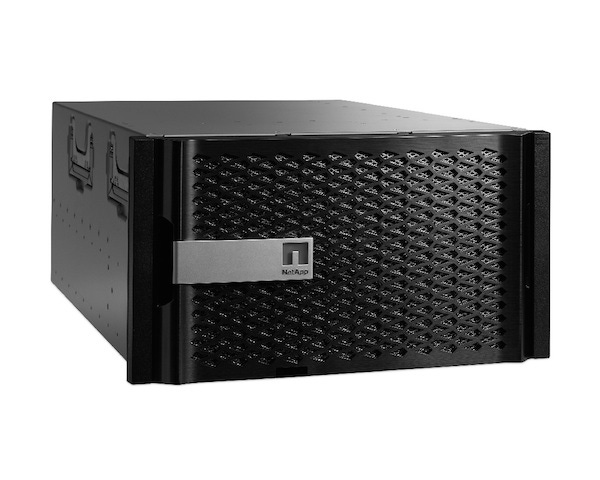NetApp Gets More Aggressive on Flash Storage
With the launch this week of additions to its all-Flash lineup NetApp (NTAP) is moving to cut the cost of its all-Flash arrays by as much as 40 percent.
June 25, 2015

With the launch this week of additions to its all-Flash lineup NetApp (NTAP) is moving to cut the cost of its all-Flash arrays by as much as 40 percent.
With pricing that now starts at $25,000, the All Flash FAS (AFF) 8000 series puts NetApp in position to compete more aggressively on price for a segment of the storage market that is starting to grow rapidly, said Lee Caswell, vice president of Product and Solution Marketing at NetApp.
While NetApp doesn’t expect to be the lowest cost provider of all-Flash arrays, Caswell noted the price cuts—combined with much lower total cost of ownership (TCO)—should stand to make NetApp more competitive in the all-Flash array segment of the storage market.
In general, IT organizations are starting to embrace all-Flash arrays as an alternative to traditional storage systems based on high-performance disk drives. Although they still are less expensive than an all-Flash array system, the amount of effort required to maximize I/O performance using disk drives requires a lot of storage expertise. In contrast, solid-state drives (SSDs) provide orders of magnitude improvements in I/O performance without requiring anyone to specifically optimize where any given piece of data sits on a platter within a hard disk drive.
The only real debate at this point is to what degree those SSDs will be plugged directly into a server vs. deployed in an all-Flash array. While SSDs deployed inside a server have proven to be popular, an all-Flash array makes SSDs available to multiple applications within a distributed computing environment. More often than not, the decision regarding which is best comes down to who within the IT organization is actually making that decision. Database and server administrators usually are trying to solve a specific I/O problem, while storage administrators typically are trying to address I/O issues that span multiple applications.
None of this means hard disk drives are going away. While SSDs will dominate primary storage, secondary storage requirements that dwarf the amount of data held in primary storage will continue to be served mainly by hard drives. For that reason Caswell contends that NetApp's technology and OnTap operating system offer a lower TCO in managing what is quickly becoming a hybrid storage environment, making it a lot more competitive across the data center than most solution providers might fully appreciate.
Obviously, NetApp isn't the only vendor fighting to gain a piece of the emerging all-Flash array market. But IT organizations aren't approaching storage decisions in isolation anymore, either. As those IT organizations get a better handle on what the right mix of SSDs and hard drives inside their organizations is, vendors that have the broadest storage portfolios over time increasingly will make it more difficult for vendors that focus exclusively on all-Flash arrays.
About the Author(s)
You May Also Like


